What is the perfect meditation posture? This in-depth discussion will help you find the ideal meditation posture that works for you.
Previously we learned the importance of setting up our environment to remove as many distractions as possible. We learned how the senses call out to us when something changes.
So how we sit is important.

What is the ideal meditation posture?
It should remove those physical distractions from within our body. Such as hard contact with the floor. Legs falling asleep. Basically anything that will fire up one of those senses and keep us from relaxing fully.

Lotus is the King of Meditation Postures
Traditionally, sitting on the floor in lotus position was the only way to meditate.

I can hear everyone grumbling already, and my knees are aching just thinking about it.
But bare with me. There are lots of reasons why lotus is used. It has a stable base. The base of your spine is grounded on the floor and your two knees and legs form a triangular or tripod base.
When your spine is perfectly balanced above this center of gravity, you use very little muscle power at all. It’s like a pile of stones, perfectly balanced and requiring no muscle to keep it upright.
However, even a little lean to one side or another and you need to engage some muscles to stabilize it. The greater the lean, the more muscles used.
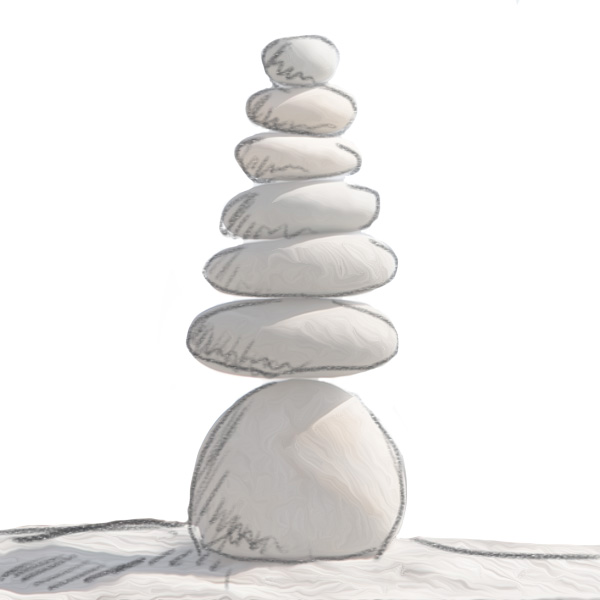
The spiritual connection is formed with the base of your spine conducting energy through the ground, up your spine and through the top of your head which points skywards towards the universe. So lotus is king.

I can’t do lotus – so what now?
However, if you’re like me. I can’t even touch my toes, let alone wrap my feet around my hips. My legs go to sleep. My shins hurt. My ankles hurt. I can’t concentrate for more than 30 seconds before my senses are screaming at me to stop. Not exactly good for meditation.
Lotus is great if you were born in a culture where people sit on the floor rather than on chairs. I wasn’t. I was brought up sitting on chairs.
You can use cushions and pillows to make the experience less traumatic. These do really help. But don’t try to fight it. If it’s still too painful, there are other options.
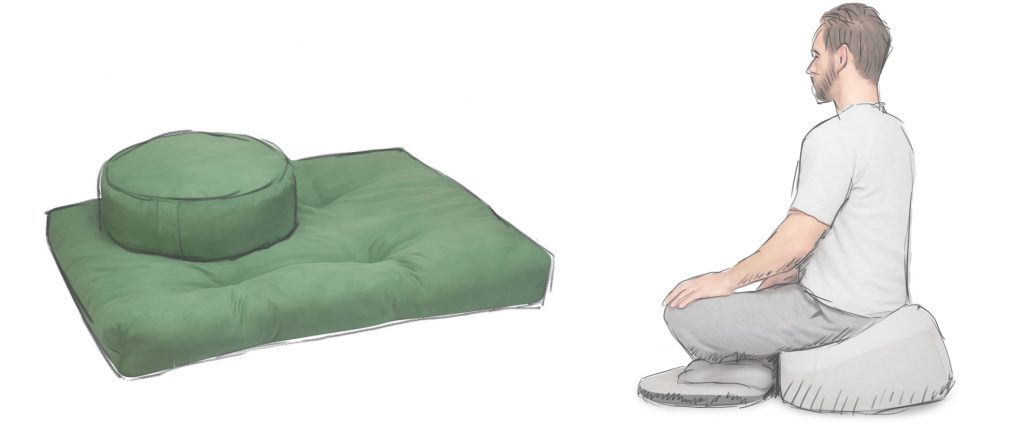
The Japanese Buddhists came up with another posture. They created a little stool or bench called a zazen bench. This really helps with your posture during long meditations.
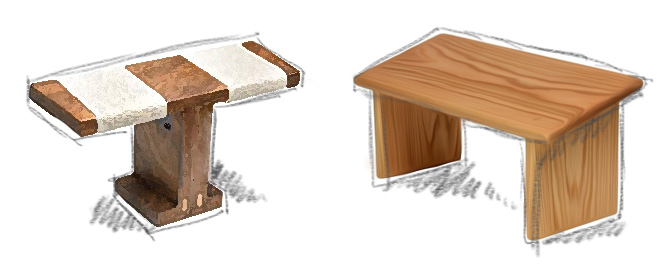
Zazen is also the name of a fundamental Zen meditation. Google it for details.
A zazen bench is a little easier on the hips, but can still restrict the knees a little. My ankles also go to sleep pressing against the floor, so you may need cushions too.
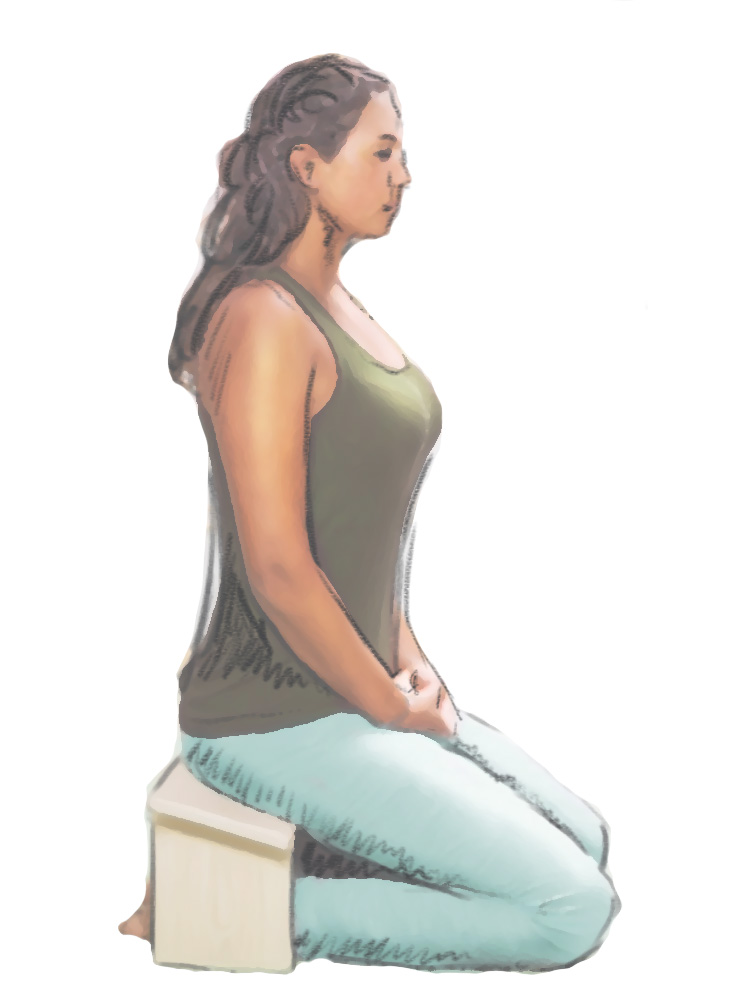
Cushions under knees or between ankles and the floor can help to remove any pressure points that will start to grab our attention. Cushions are great. I use lots and lots of them wherever needed.
Thankfully there are also options for us stiff old hermits too.
Grateful Hermit
You’re welcome to try one of the traditional methods and hopefully you’ll have more success and less pain than I did.
Again, the analogy of the Olympian is appropriate. If lotus is the ideal, the ultimate pinnacle of meditation posture, then we stiff jointed non-olympians can get a perfectly good 20 minute jog out of a high backed chair or stool. Ideally sitting upright in the chair with your feet flat on the floor. Hands gently in you lap.

If a high backed chair isn’t comfortable, then a recliner or comfy chair will also work. Remember. We’re trying to isolate as many physical distractions as possible, not snap every ligament in your body.
You can also lay on the floor or on a bed.
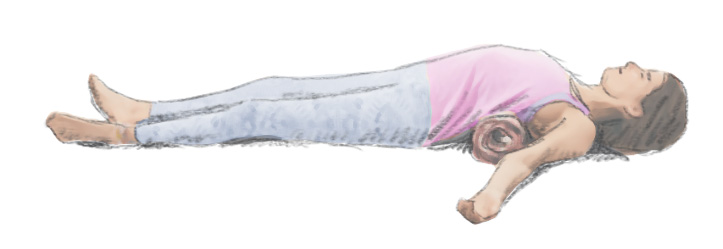
All of these options let you meditate if the other ones just aren’t practical for you. Just be wary about making it too comfortable. You run the risk of taking a nap instead.
The danger with these postures is that you get too comfortable and simply fall asleep.
Snoring Hermit
With meditation you’re trying to skirt that fine line between sleep and consciousness. A little bit like allowing the body to sleep but the mind to stay focused and conscious.

Relax, relax, relax….
So now we’re sitting in our full lotus position with our head shaved and comfortable robes. No external distractions. Propped up on a million cushions to absorb the discomfort from any contact points.
The next thing we need to do is to start relaxing our muscles. This goes even before we start doing any breathing or try to focus our mind.
Don’t skip this, otherwise you are setting yourself up for trouble.
Even when we don’t need to, we often keep our muscles tensed more than they need to be. Our work life has us sitting or standing in fixed positions for long periods. This strengthens but also tightens certain muscles. As a result they don’t naturally relax after we go back to doing something else.
Doing yoga before you meditate works wonders. But in our busy lives, a simple body scan and deliberate relaxing of tight muscles will work for us.
Simply scan your whole body from your toes, up your legs, your torso, back, shoulders, arms, neck and face. If you find tight muscles, adjust your posture as needed and focus on relaxing that muscle. Just let the tension go. Imagine the tightness melting like butter in the warm sun.
As you meditate, recheck from time to time as you become aware of tightness. Paying particular attention to neck, shoulders and especially the jaw. These 3 muscle groups seem to tighten up on us very easily and can prevent your total relaxation.
Your body should be feeling pretty calm and relaxed by now and hopefully you found your ideal meditation posture that really works for you.
Congratulations. You’re well on your way.
Meditation Boot Camp – Quick Navigation
- Meditation Roots – the history of meditation
- Why Meditate? – why do we need to meditate
- Physical Relaxation – the importance of physical relaxation for meditation
- Meditation Environment – how to set up the perfect environment for meditation
- Meditation Posture – different meditation postures that work for everyone
- Breathe Properly – both energize and relax your body by breathing properly
- Breathing Practice – simple breathing exercise before meditating
- Subtle Sensations – becoming aware of your body
- Stop the Mind – stopping the mind from chattering
- Entertain the Monkey – giving the mind a task during meditation
- Follow the Breath – focusing on breathing during meditation
- Simple Breathing Meditation – putting it all together in meditation
- Meditation is a Journey – make meditation a lifelong practice



